Building Ventilation Using Windcatcher Considering RH & Radiation – ANSYS Fluent Tutorial
Building Ventilation Using Windcatcher Considering RH & Radiation – ANSYS Fluent Tutorial
- Upon ordering this product, you will be provided with a geometry file, a mesh file, and an in-depth Training Video that offers a step-by-step training on the simulation process.
- For any more inquiries regarding the product, please do not hesitate to reach out to us at info@CFDLAND.com or through our online support assistant.
€150 Original price was: €150.€125Current price is: €125.
Windcatchers are one of the smartest passive ventilation systems ever created. They have been used for thousands of years in old Persian architecture and are becoming popular again as modern buildings look for green alternatives to mechanical ventilation that uses a lot of energy. These structures, which look like towers, catch the prevailing winds and direct fresh air into buildings while simultaneously letting out old air. This creates a natural pressure difference that keeps the air moving without using electricity. Taking relative humidity (RH) into account when designing windcatchers is a big step forward for this old technology, since moisture content has a big effect on both thermal comfort and indoor air quality. This is especially true in hot, humid, or cold, dry climates, where RH extremes can make people sick even if the temperature is controlled. Modern computational fluid dynamics (CFD) methods make it possible to optimize these systems in ways that have never been done before. sThis project uses ANSYS Fluent’s advanced multiphase modeling tools to look at how the shape, orientation, and internal baffles of a windcatcher change in response to changing weather conditions, and how these changes affect the flow of air and the distribution of moisture in occupied areas.
- Reference [1]: Haghighifard, H. R., M. M. Tavakol, and G. Ahmadi. “Numerical study of fluid flow and particle dispersion and deposition around two inline buildings.” Journal of Wind Engineering and Industrial Aerodynamics179 (2018): 385-406.
- Reference [2]: Hassan, Asmaa Mohammed, et al. “Improving outdoor air quality based on building morphology: Numerical investigation.” Frontiers of Architectural Research2 (2020): 319-334.
Figure 1: Building model equipped with windcatchers
Simulation Process
The complete building geometry with integrated windcatcher is modeled in ANSYS SpaceClaim, preserving architectural details essential for accurate flow prediction including the windcatcher’s internal channels, building openings, and surrounding terrain features. In ANSYS Fluent, we implement the Discrete Ordinates (DO) radiation model to account for solar heat transfer through building surfaces and resulting thermal buoyancy effects, which significantly influence natural ventilation performance by creating temperature-driven pressure gradients. The Species Transport model is activated to track water vapor concentration throughout the domain, enabling precise calculation of Relative Humidity (RH) distribution within the building spaces – a critical parameter for occupant comfort and mold prevention. Room air quality assessment is accomplished using the Discrete Phase Model (DPM) to inject and track PM 2.5 micrometer particles as inert particulates, simulating common indoor air pollutants and their dispersion patterns.
Post-processing
The velocity contours and radiation temperature distribution reveal the windcatcher system’s remarkable effectiveness in driving natural ventilation throughout the building. Maximum velocities of approximately 25 m/s occur within the narrow windcatcher towers, creating pressure differentials that establish distinct ventilation pathways connecting multiple building zones. The temperature gradient ranges significantly from 315.03K to 331.65K, with highest temperatures concentrated in southern-facing sections due to direct solar exposure captured by the DO radiation model. This thermal stratification enhances the windcatcher’s performance through buoyancy-driven airflow, as evidenced by cooler temperatures (315-320K) within the twin towers. The streamlines show how air circulates through multiple rooms before exiting through the second windcatcher, with the temperature gradually increasing from approximately 310K to 314.6K as air absorbs heat from building surfaces, demonstrating how the continuous air movement effectively manages thermal conditions throughout the space.
Figure 2: Cool air recirculation in the building due to windcatchers
On the other hand, the relative humidity analysis shows consistent values between 0.06-0.07 (6-7%) throughout different building sections, indicating the windcatcher system prevents problematic moisture accumulation in specific zones—crucial for occupant comfort and mold prevention. The PM2.5 particle tracking visualization confirms the system’s effectiveness in air quality management, displaying distinct circulation patterns as particles disperse through the interior spaces. Particles entering with outdoor air (blue/low ID values) gradually form spiral patterns before concentrating in central occupied zones (green to cyan, ID values 2,000-4,500) and eventually dispersing near the windcatcher towers. The dual-tower design creates complementary airflow patterns—one tower primarily drawing fresh air in while the other exhausts contaminated air—establishing a continuous ventilation cycle that maintains acceptable indoor air quality levels without mechanical systems.
Figure 3: Relative humidity in building with windcatchers
We pride ourselves on presenting unique products at CFDLAND. We stand out for our scientific rigor and validity. Our products are not based on guesswork or theoretical assumptions like many others. Instead, most of our products are validated using experimental or numerical data from valued scientific journals. Even if direct validation isn’t possible, we build our models and assumptions on the latest research, typically using reference articles to approximate reality.
Yes, we’ll be here . If you have trouble loading files, having technical problems, or have any questions about how to use our products, our technical support team is here to help.
You can load geometry and mesh files, as well as case and data files, using any version of ANSYS Fluent.
€160 Original price was: €160.€135Current price is: €135.

€185 Original price was: €185.€125Current price is: €125.

€110 Original price was: €110.€65Current price is: €65.

€160 Original price was: €160.€75Current price is: €75.

€120 Original price was: €120.€75Current price is: €75.

€240 Original price was: €240.€115Current price is: €115.


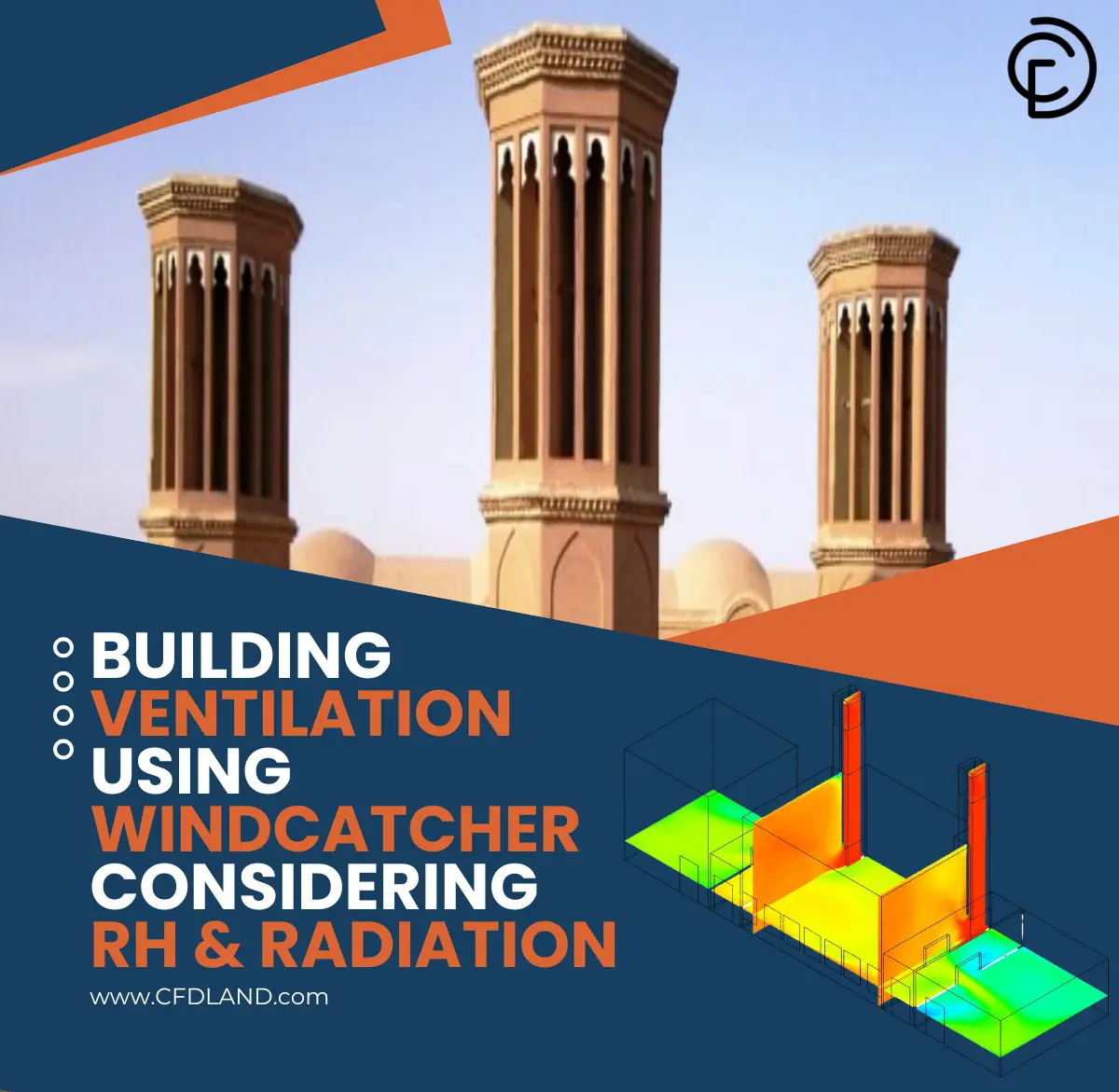
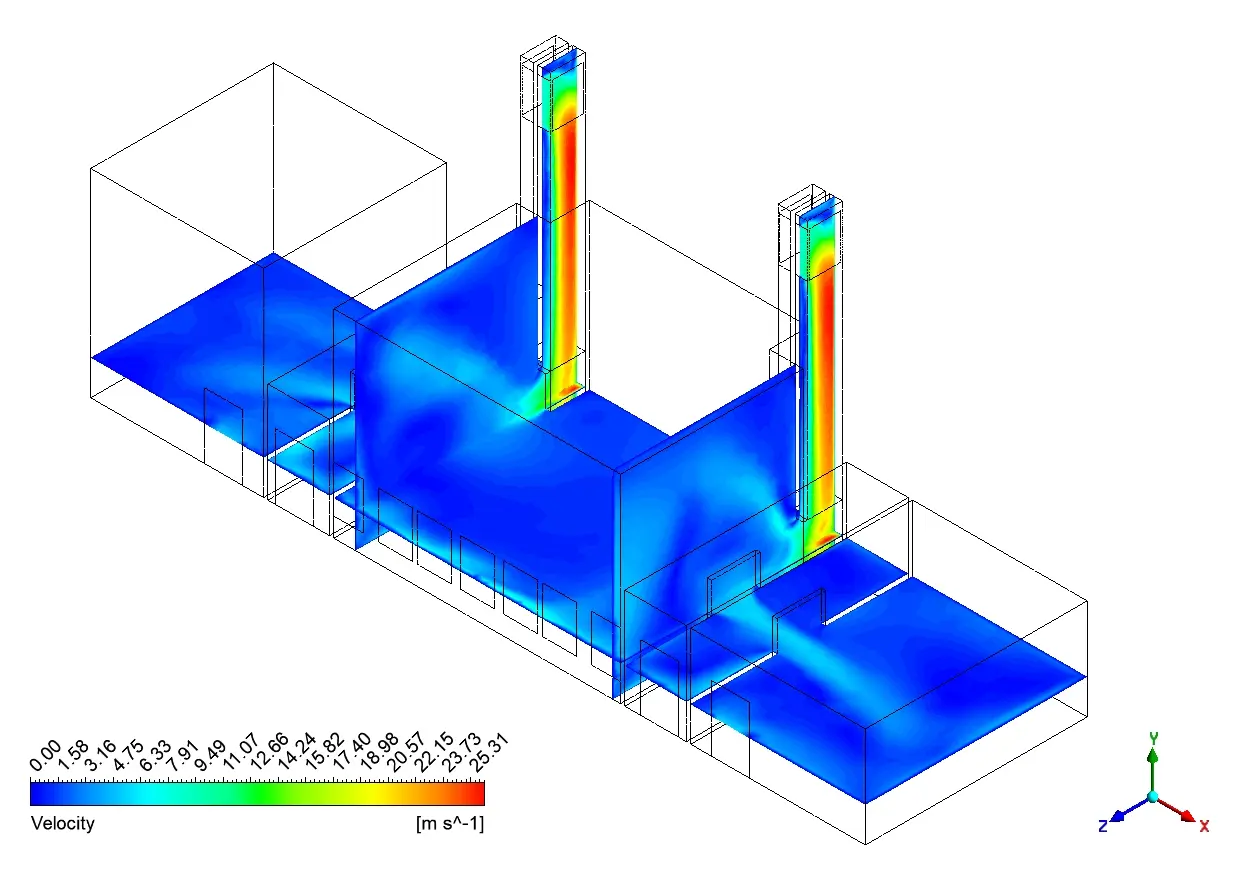
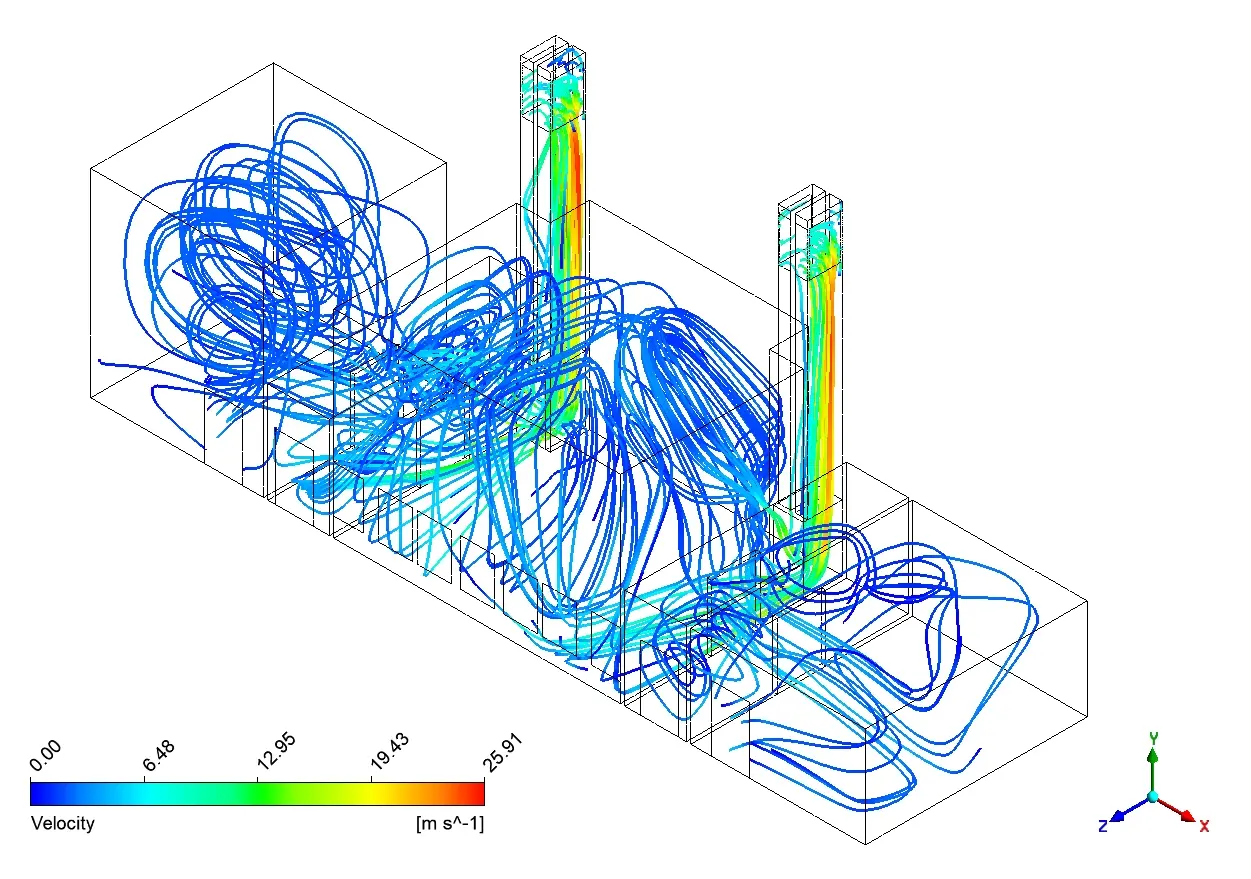
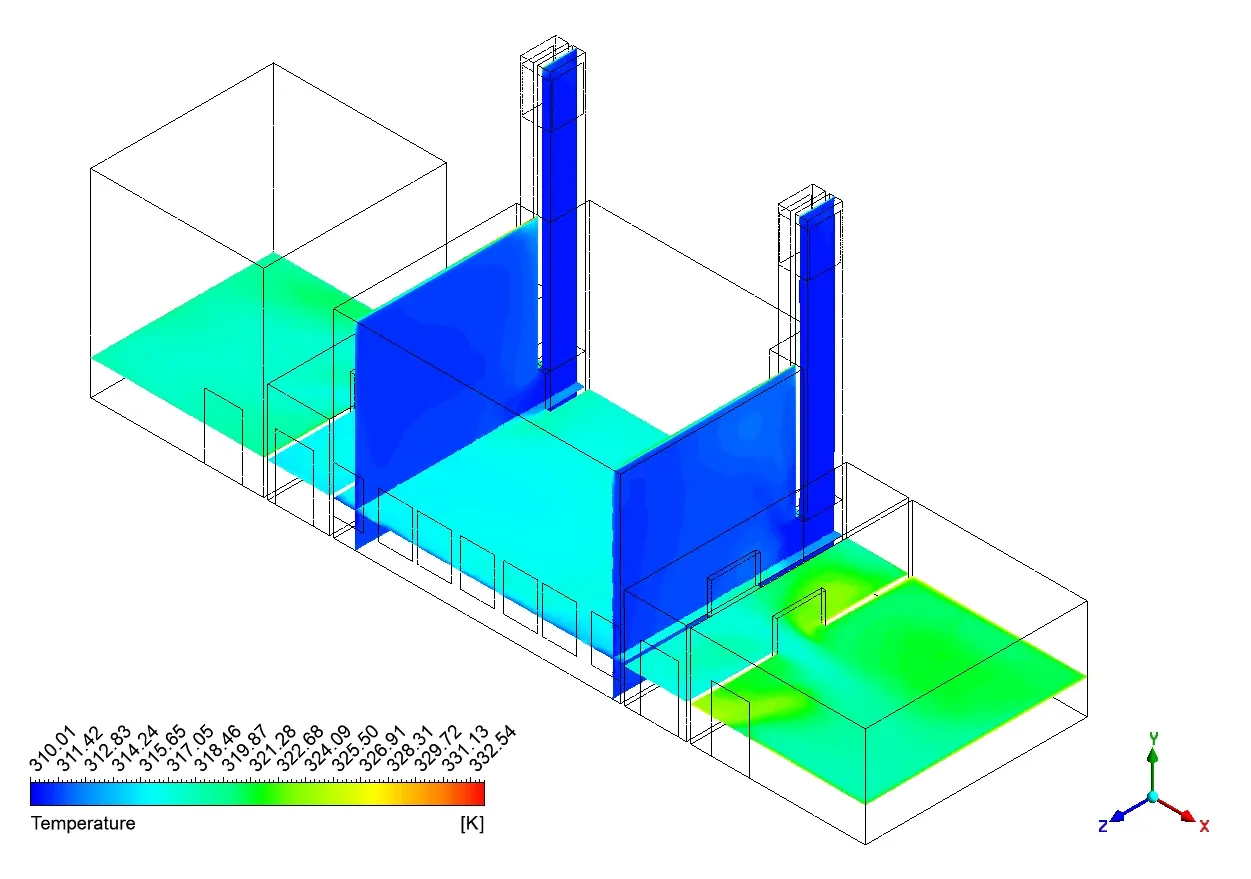
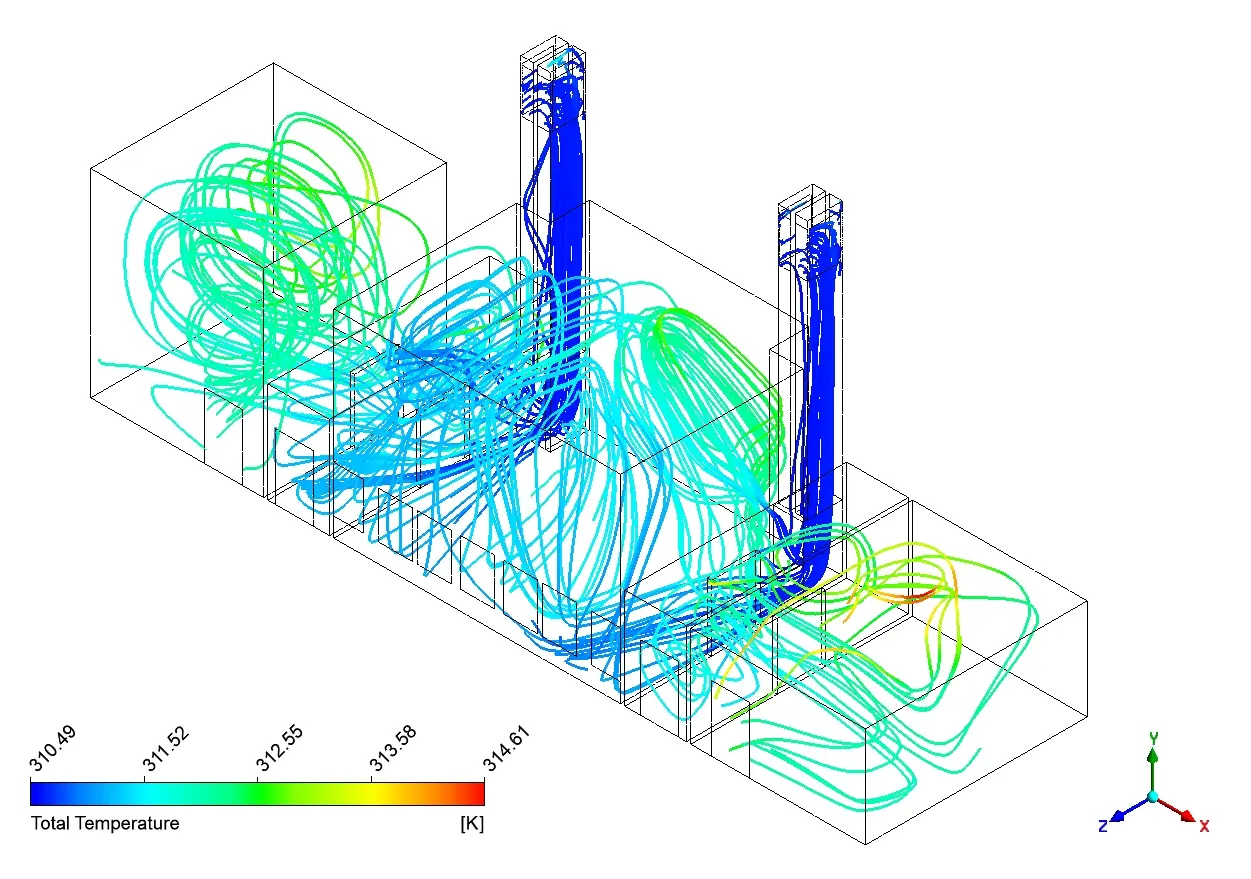
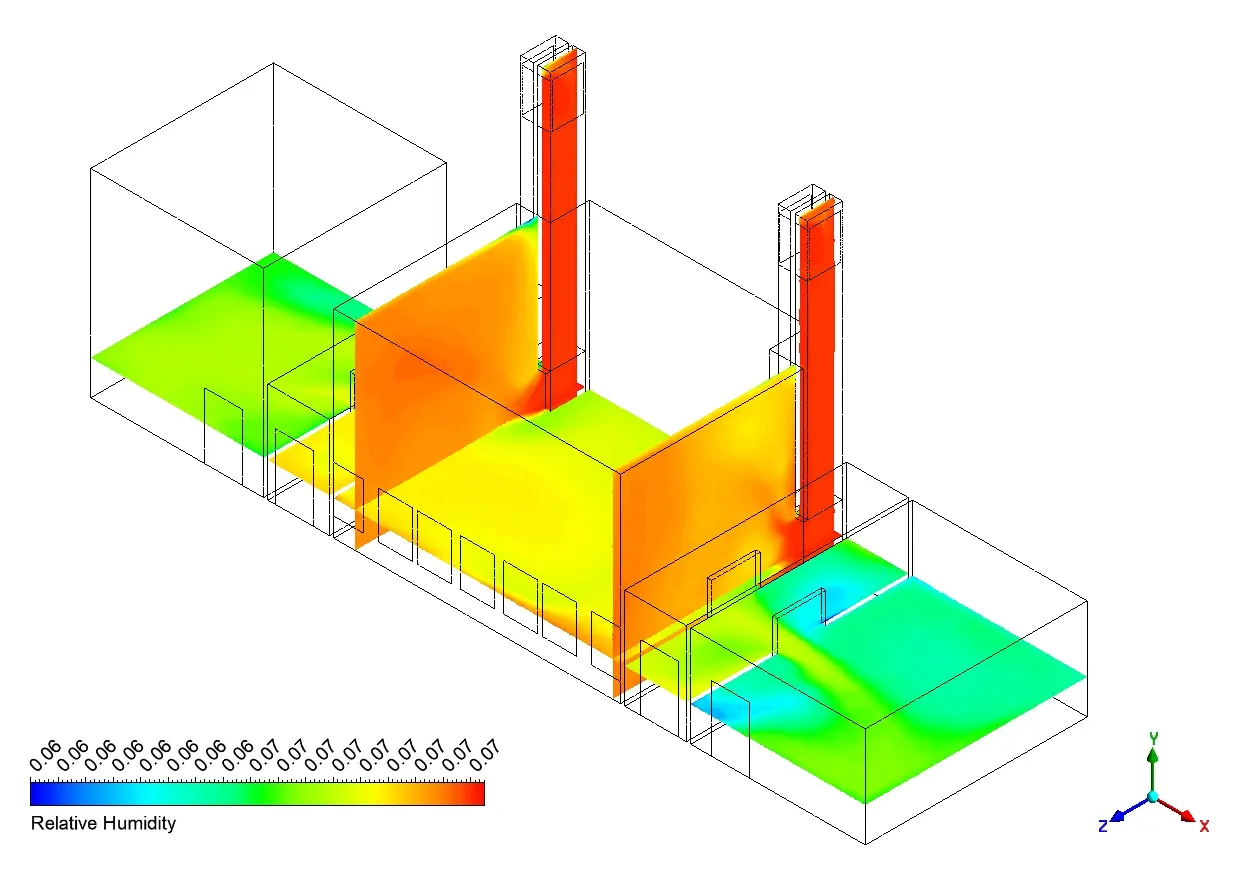
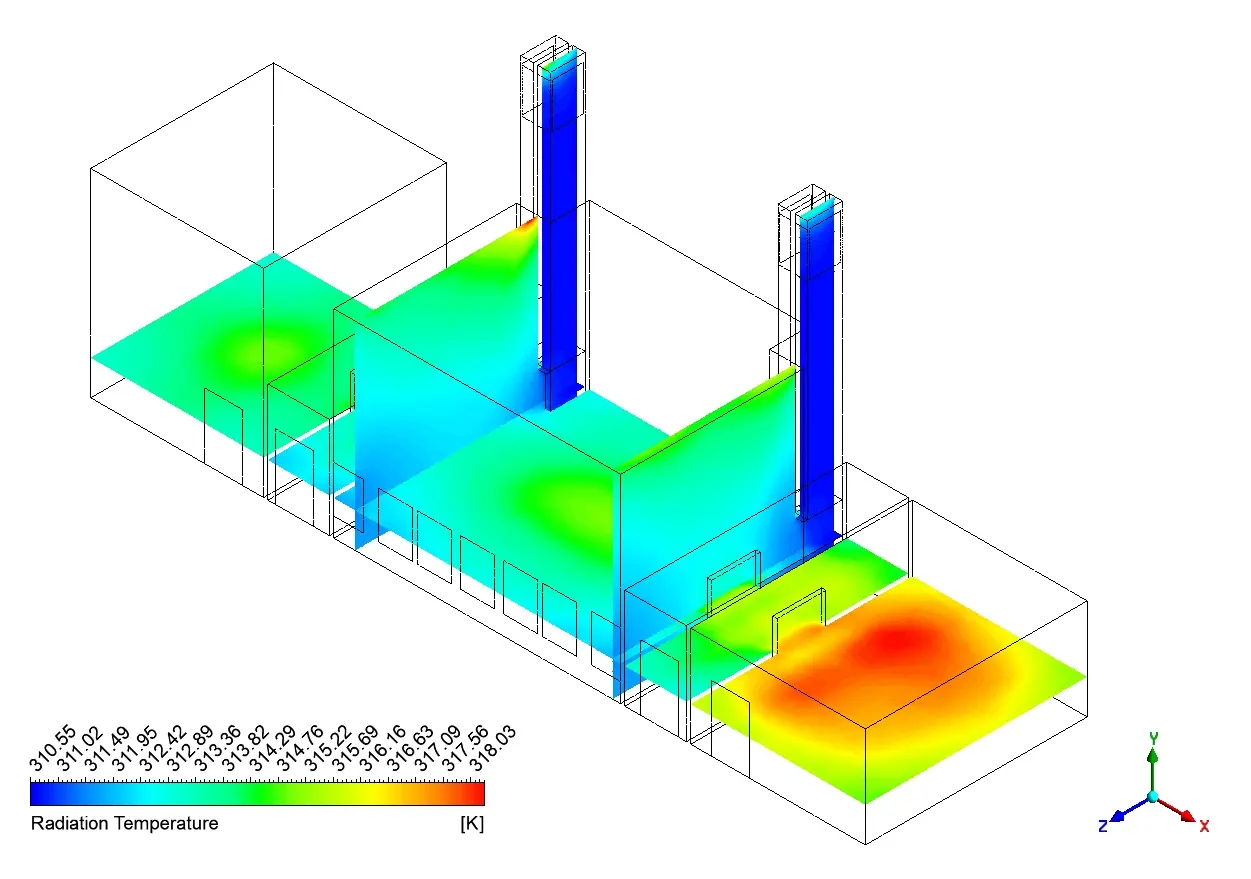
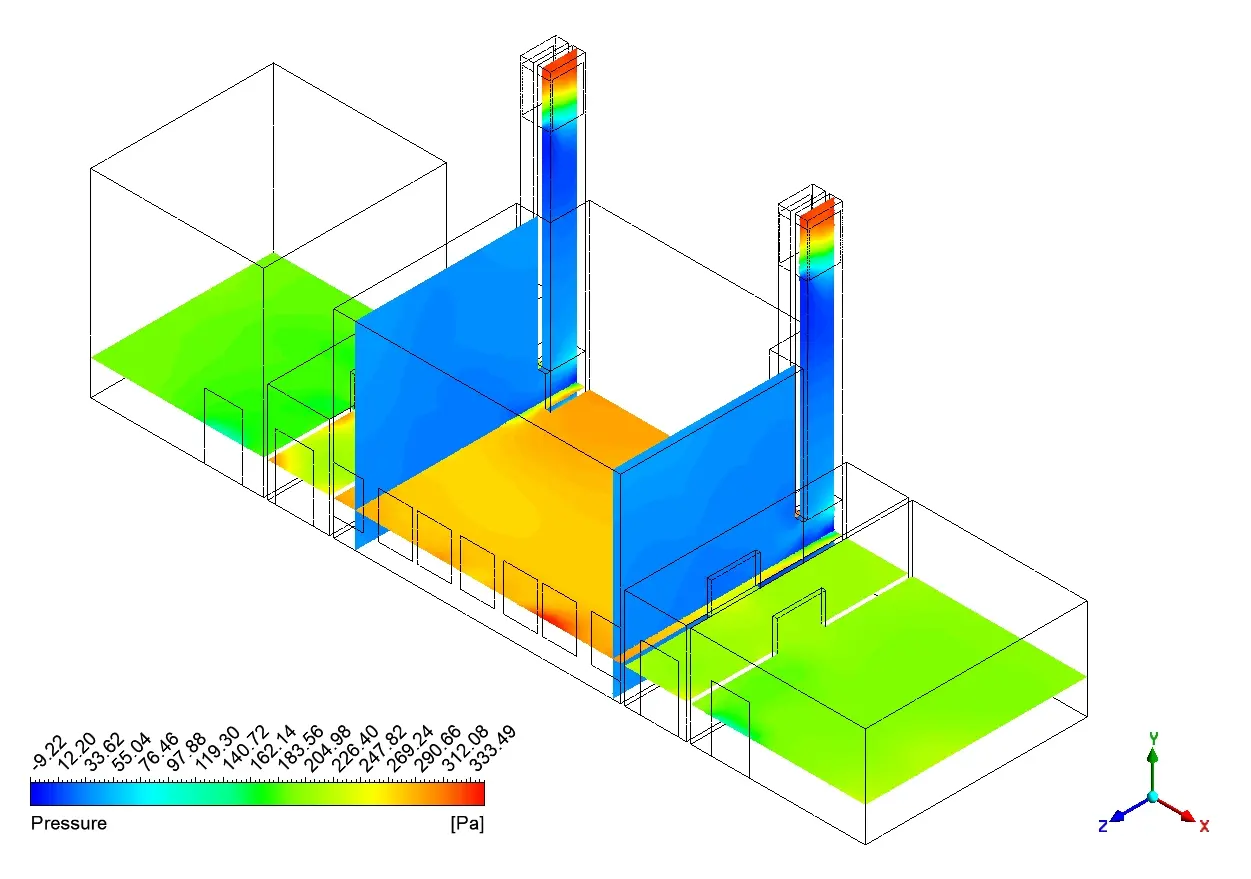
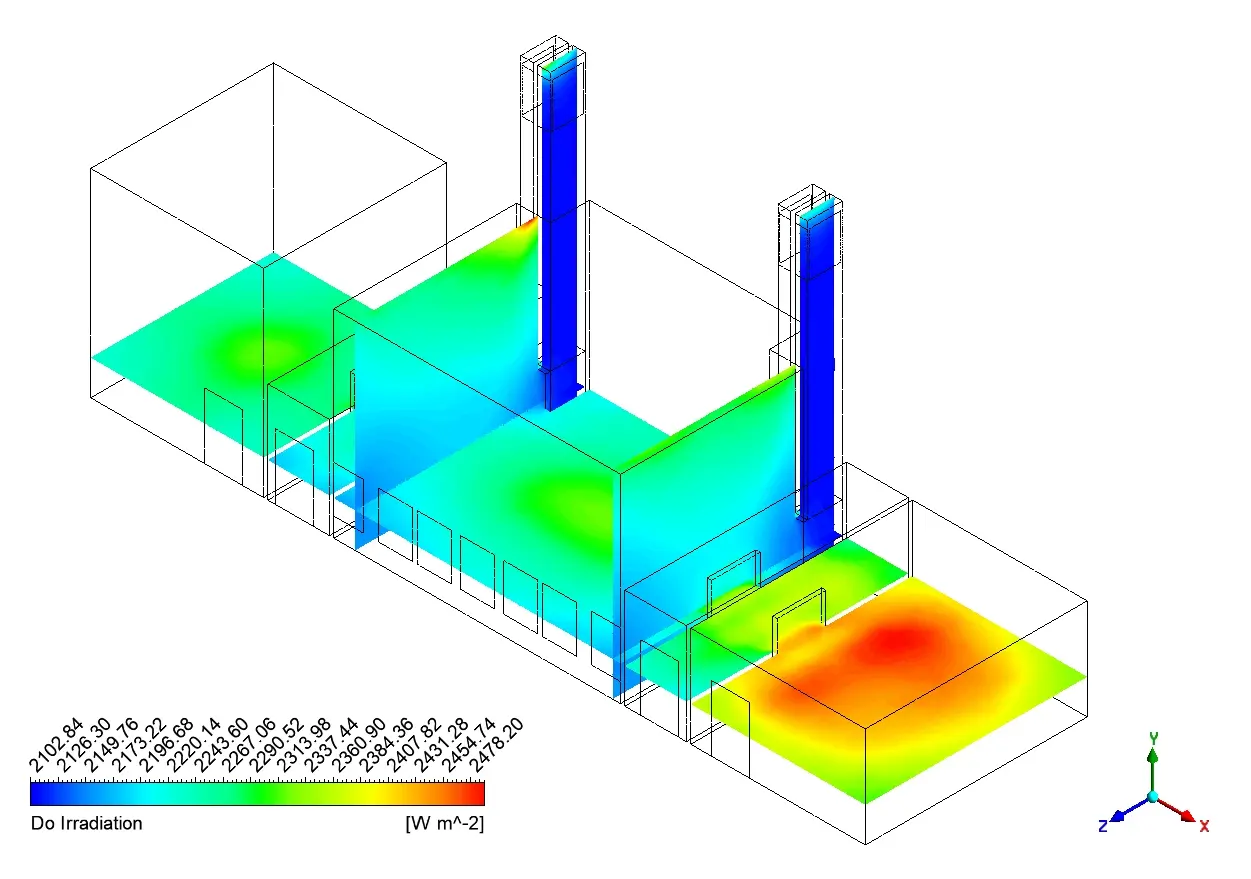
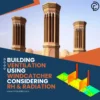
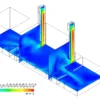
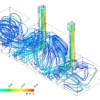
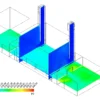
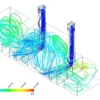
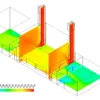
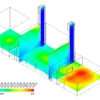
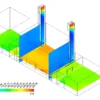
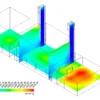
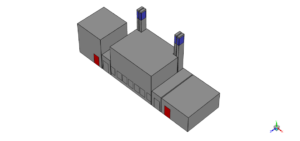
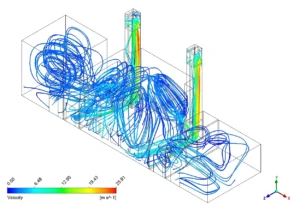
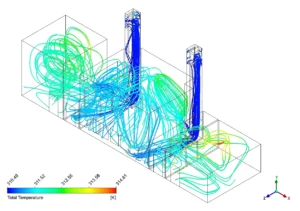
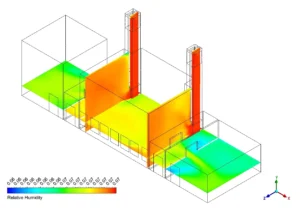





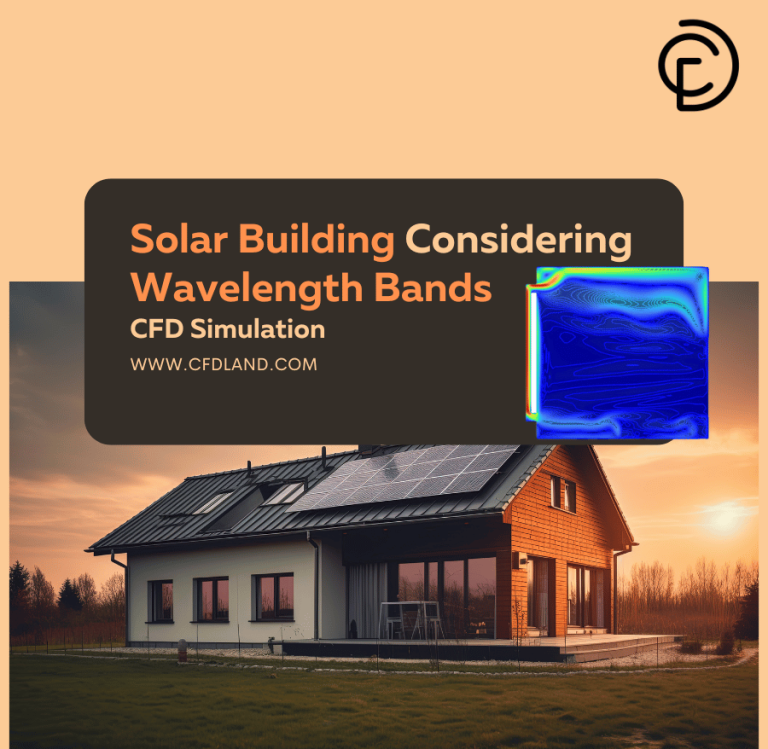
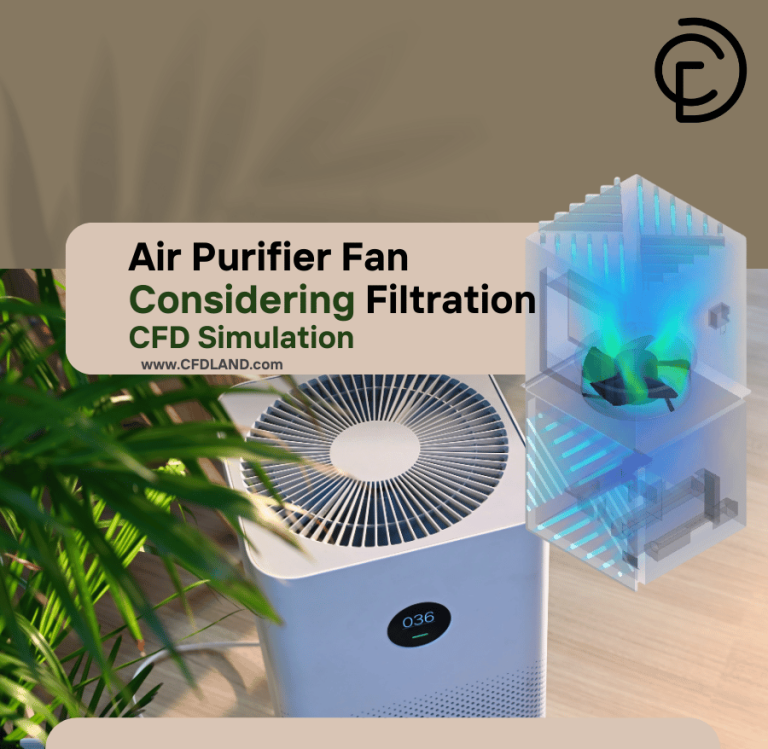
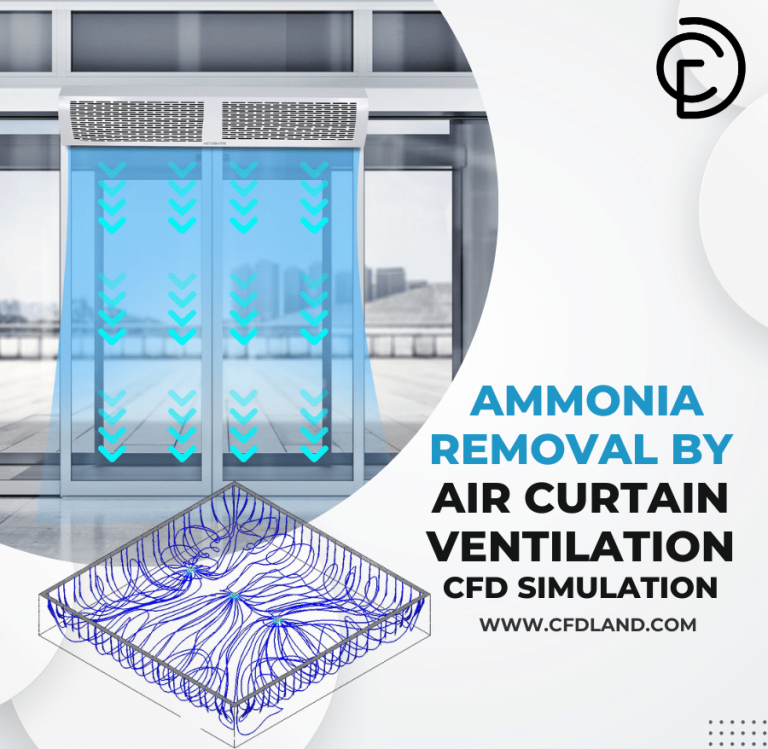
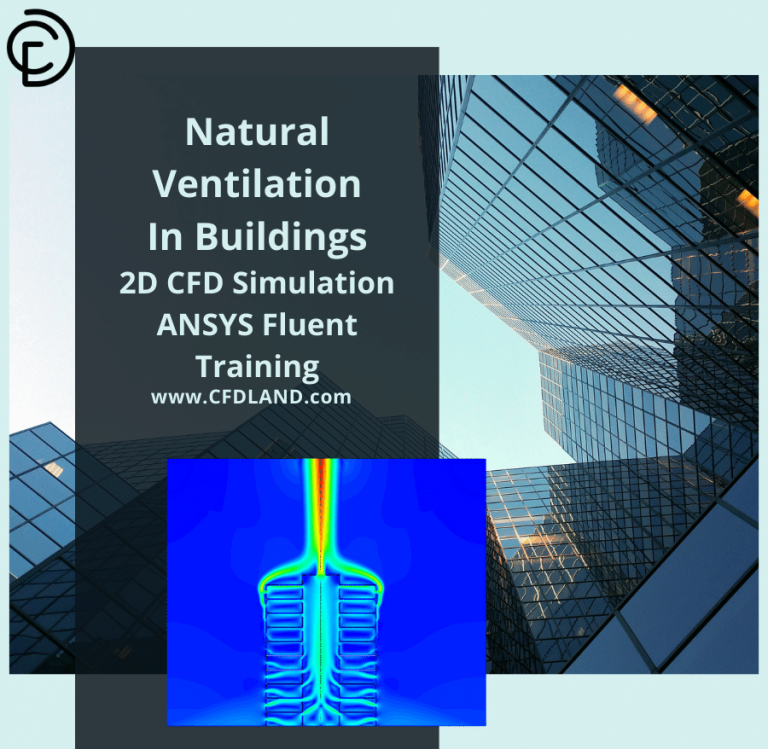
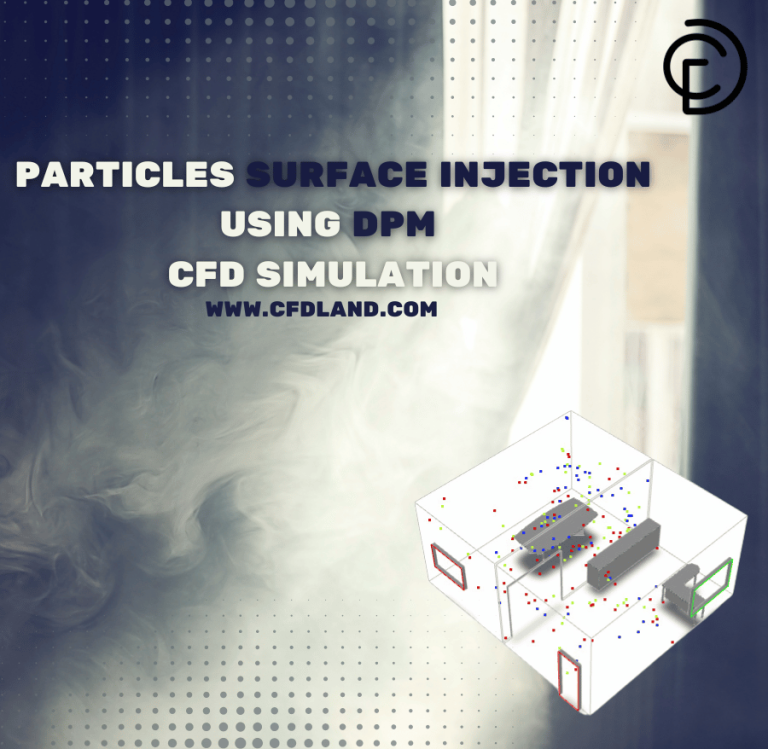
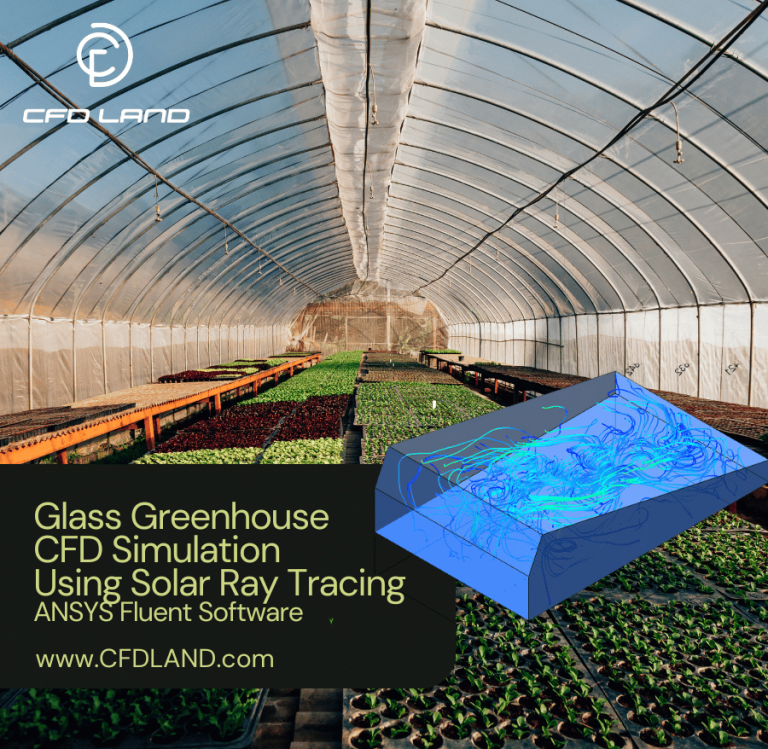
Reviews
There are no reviews yet.